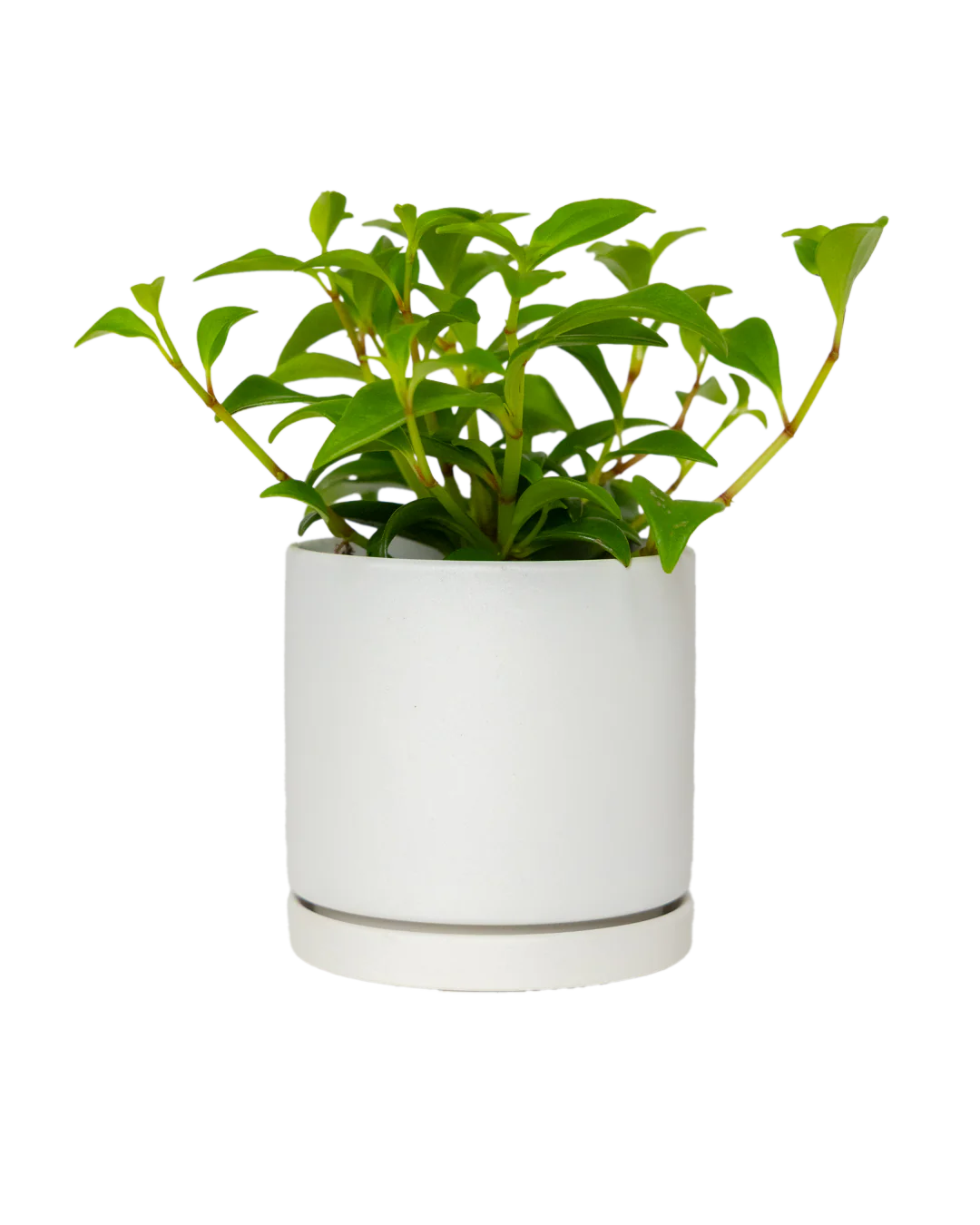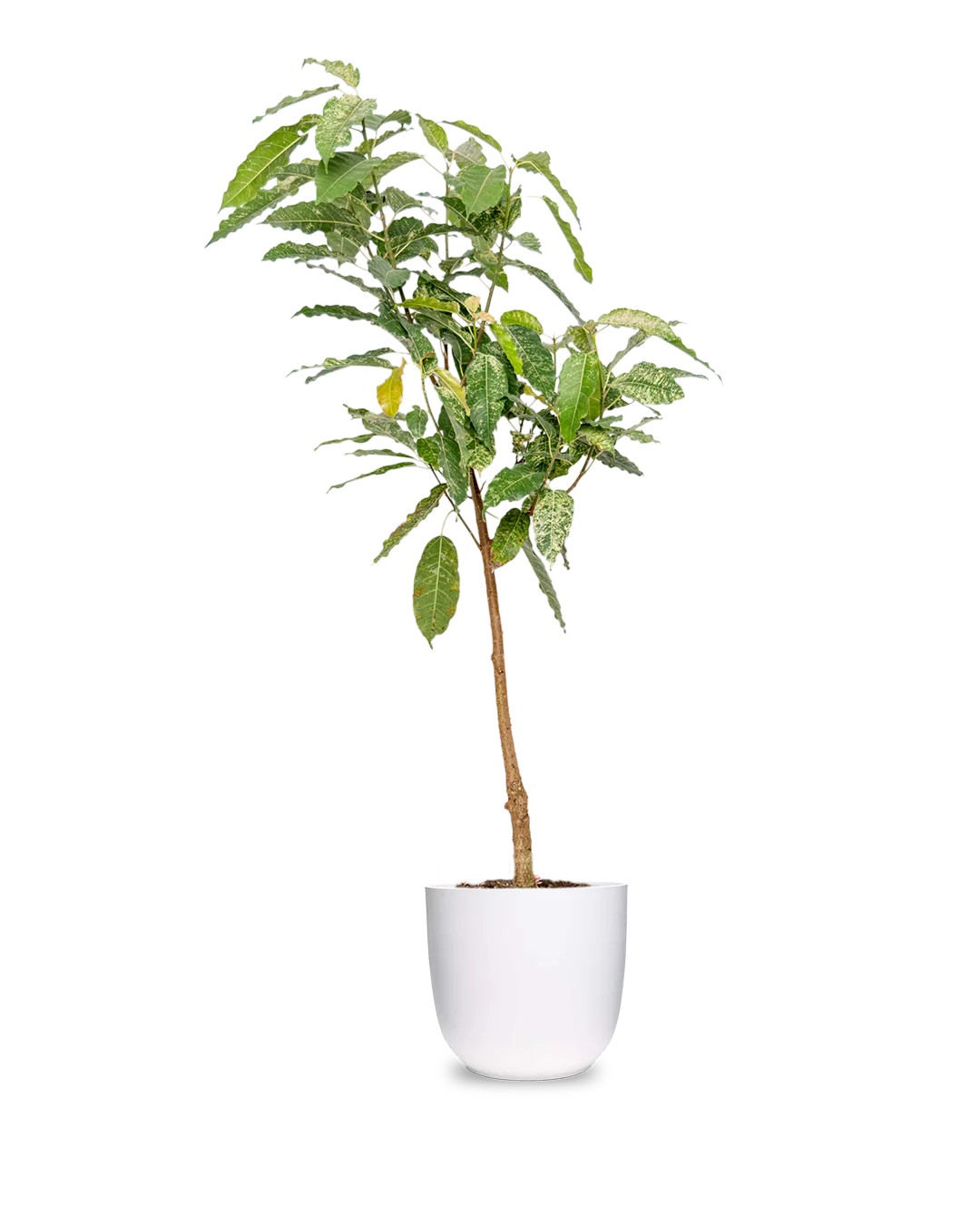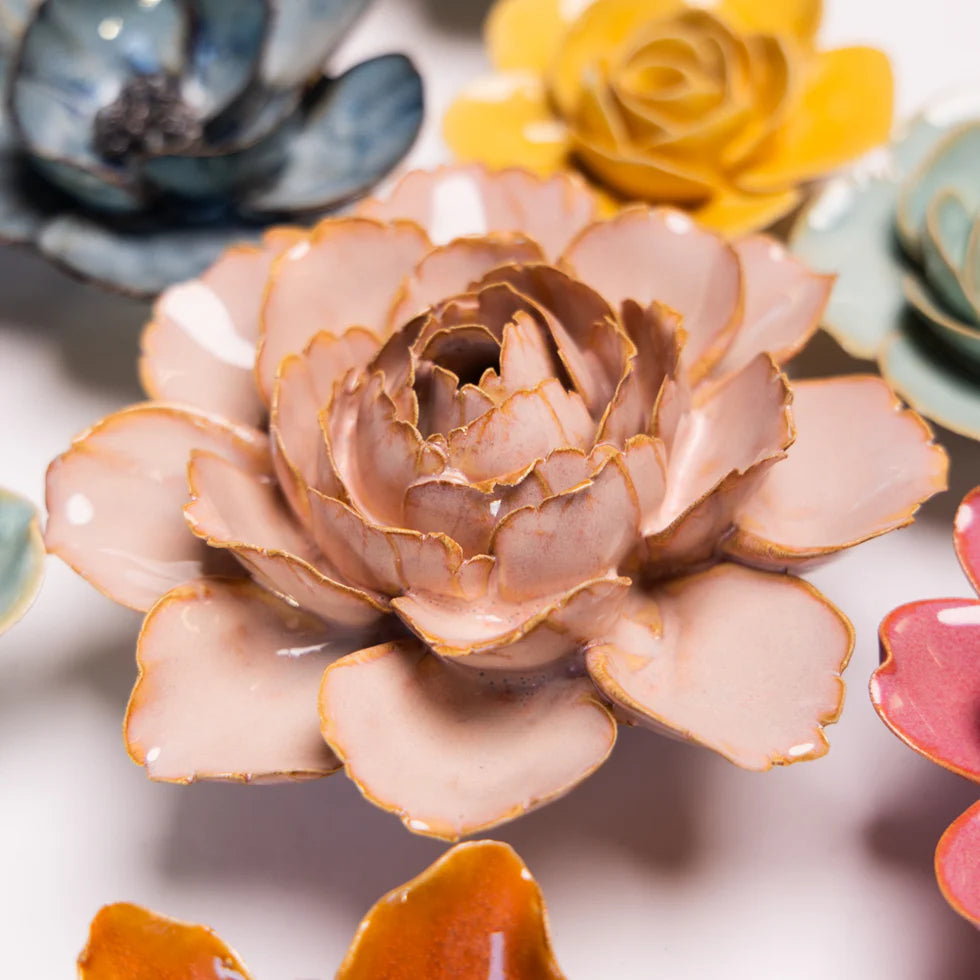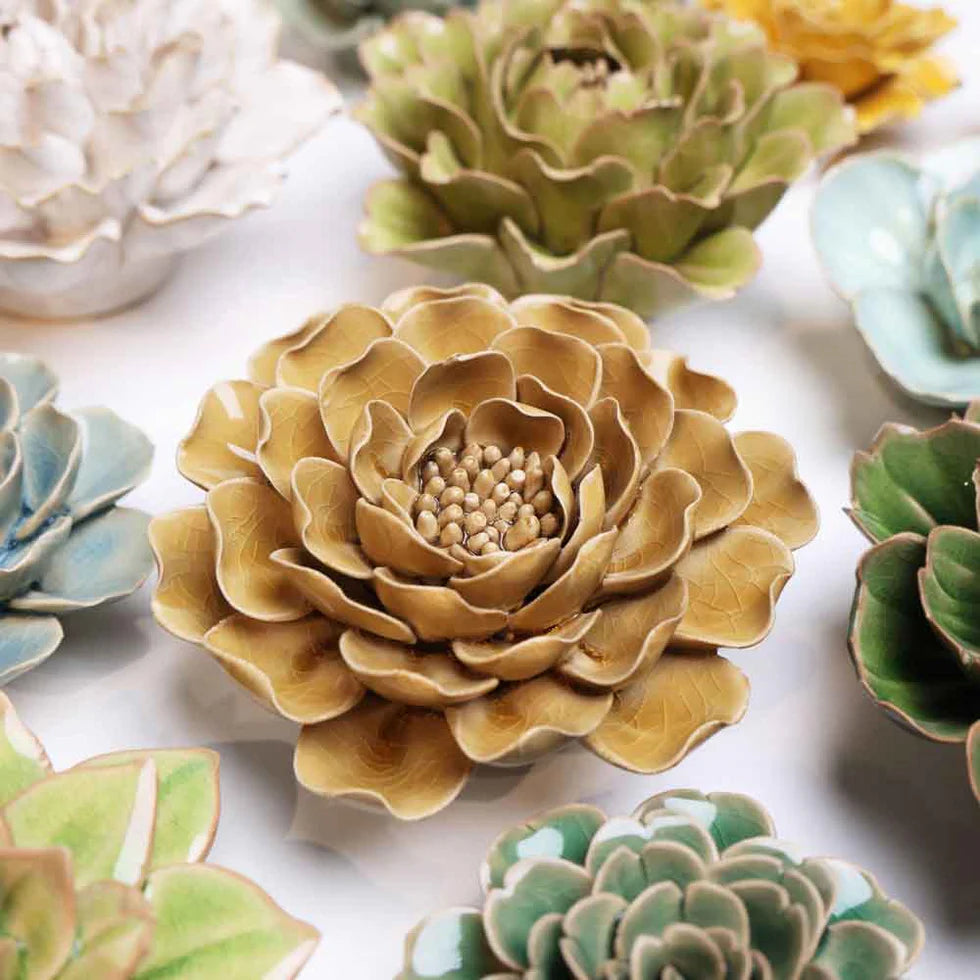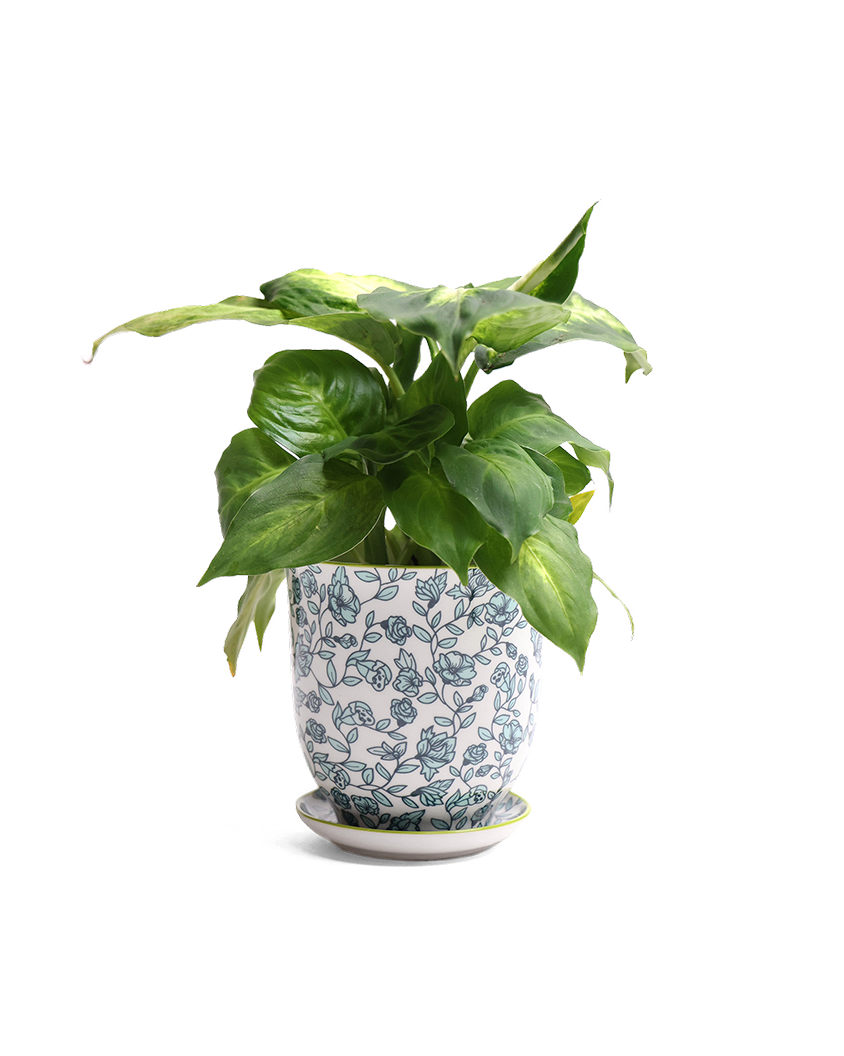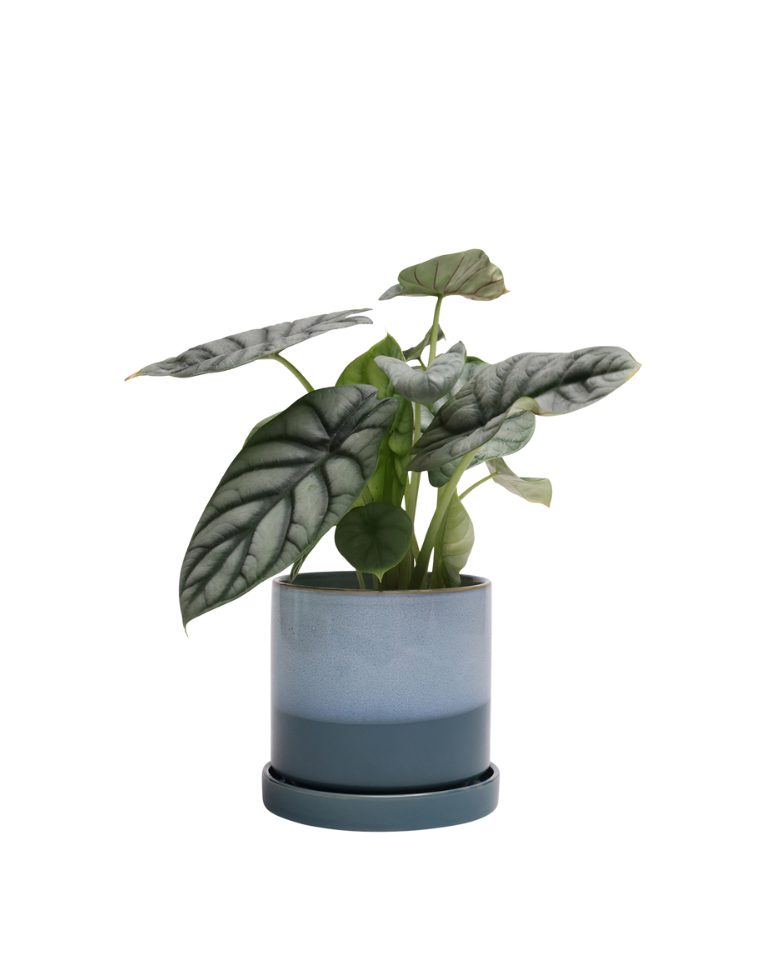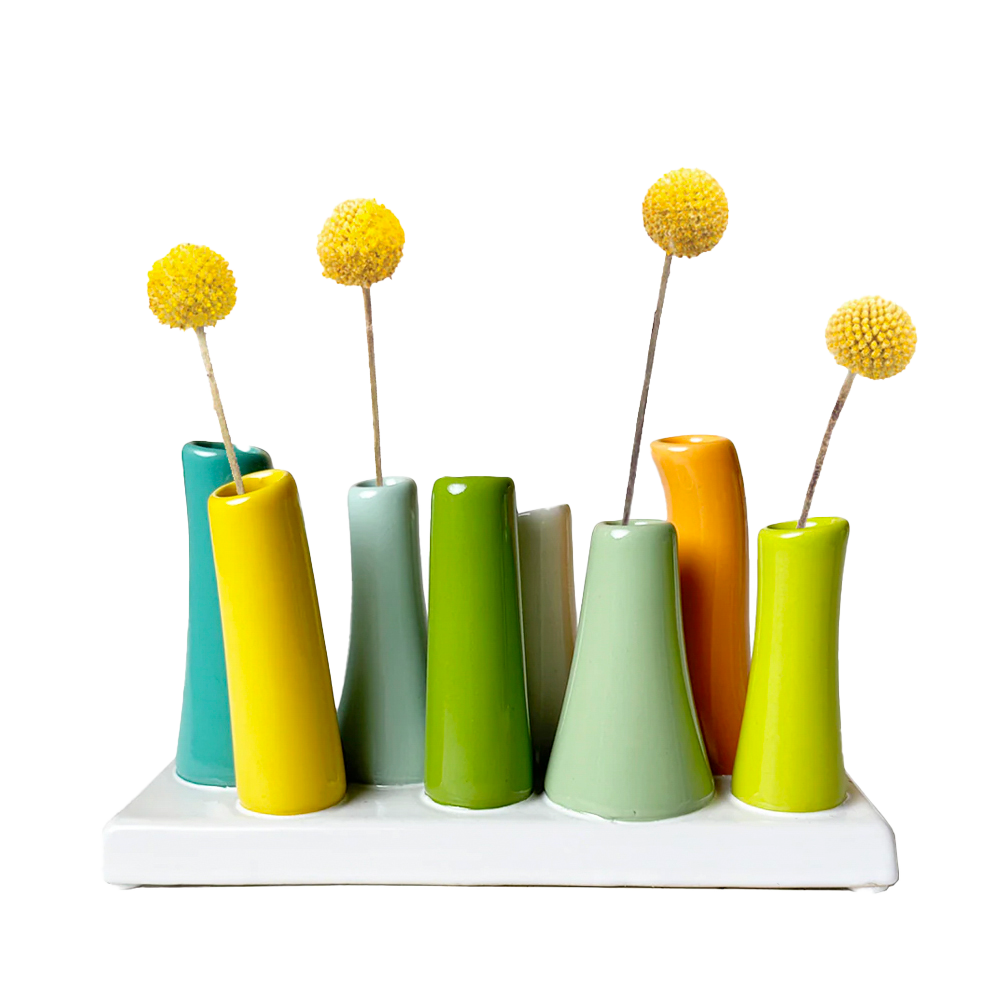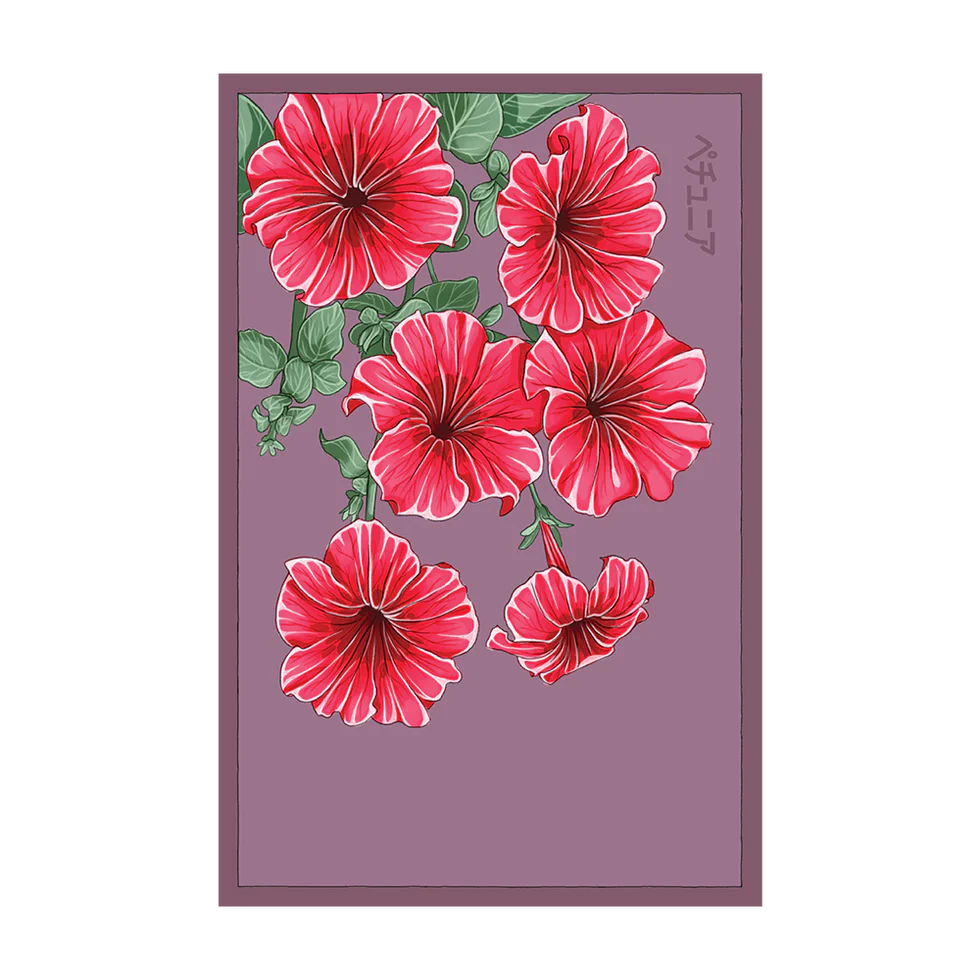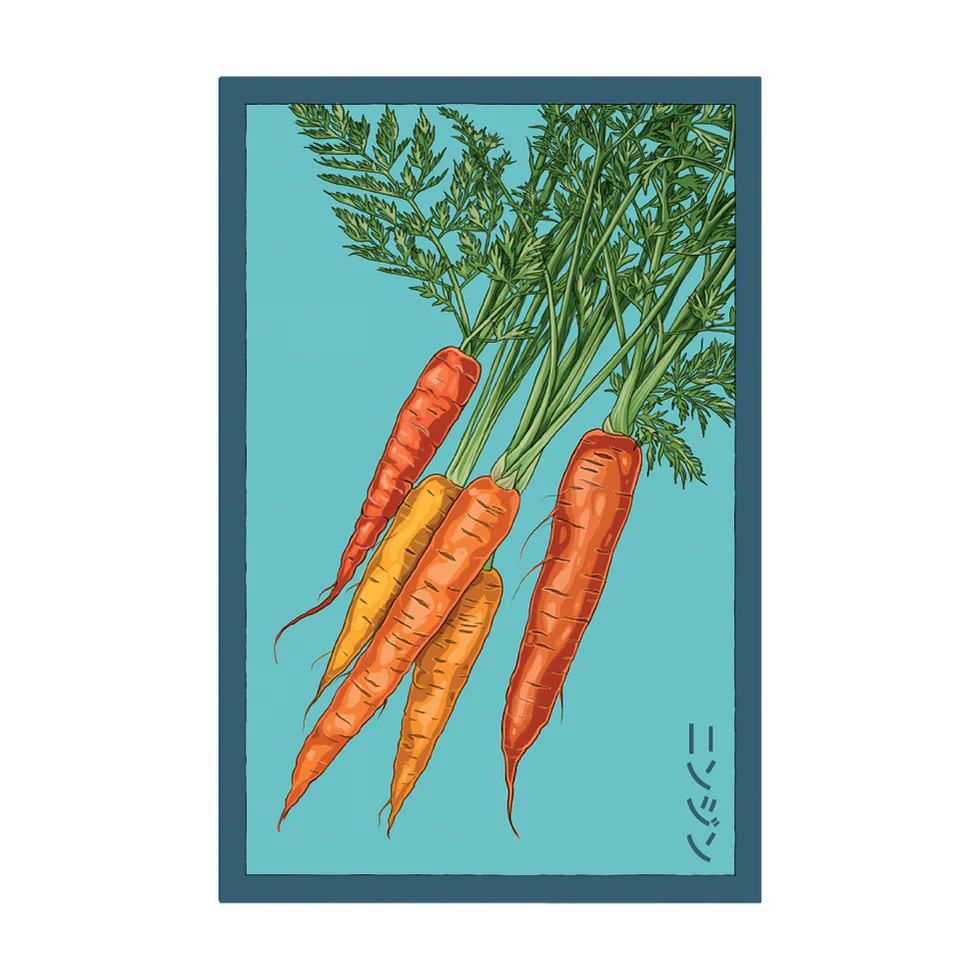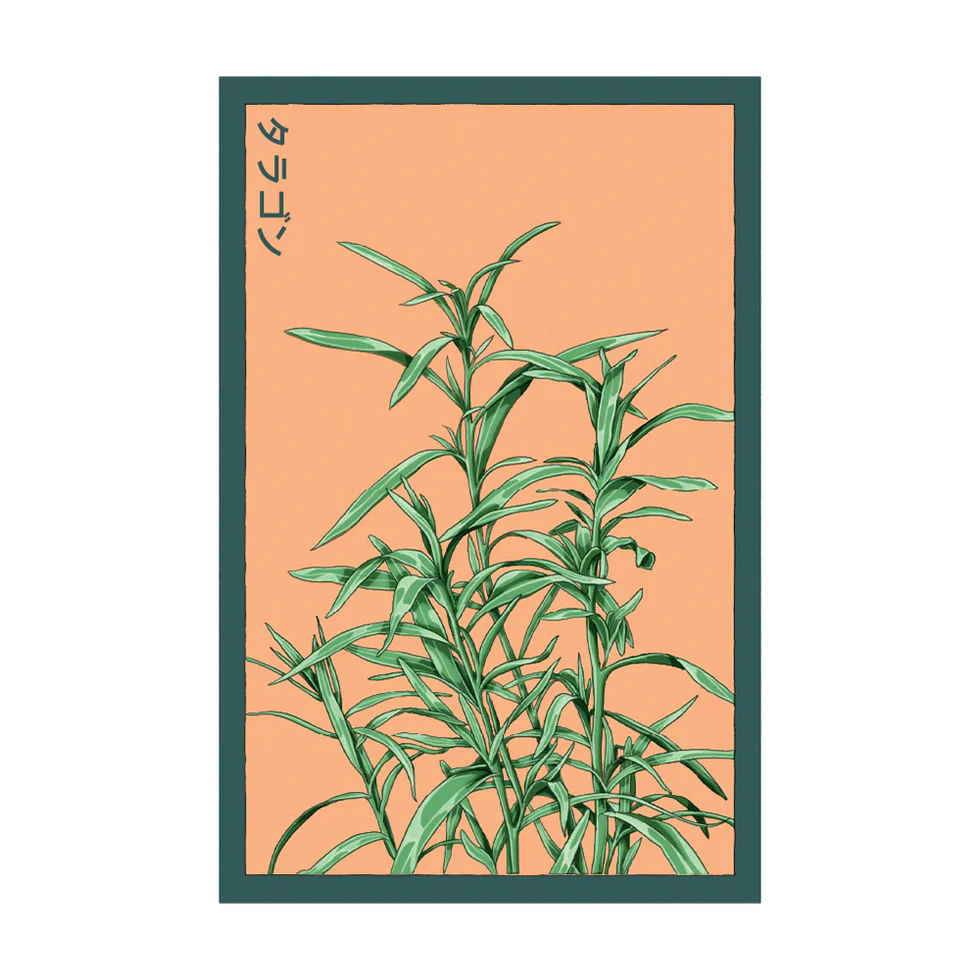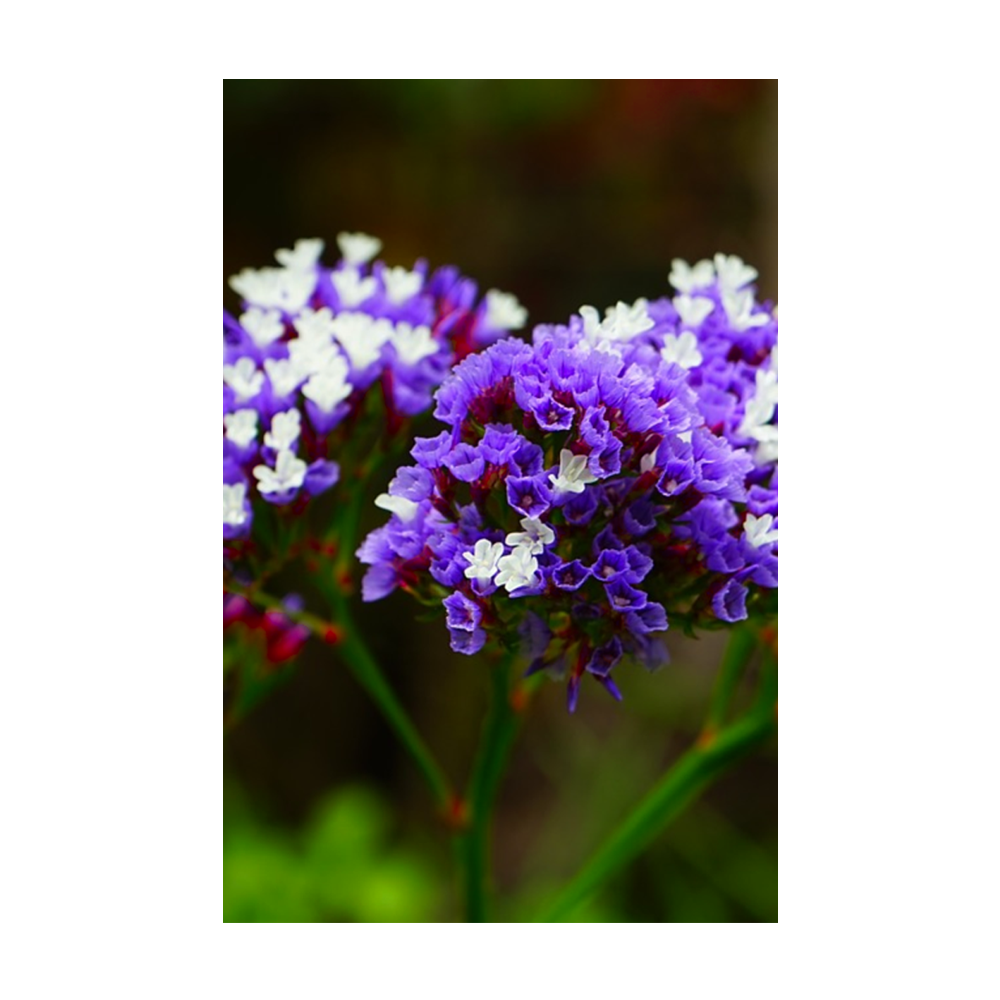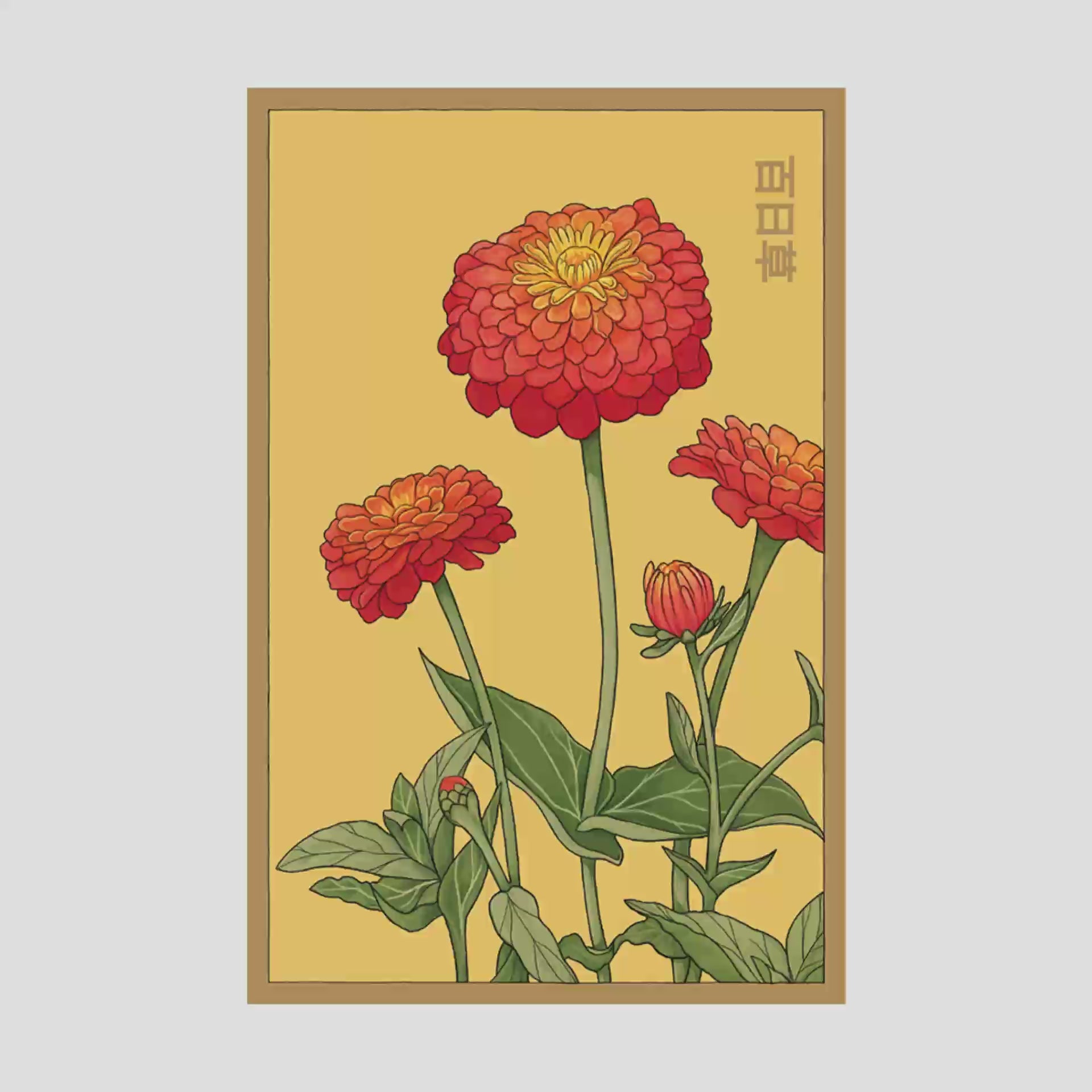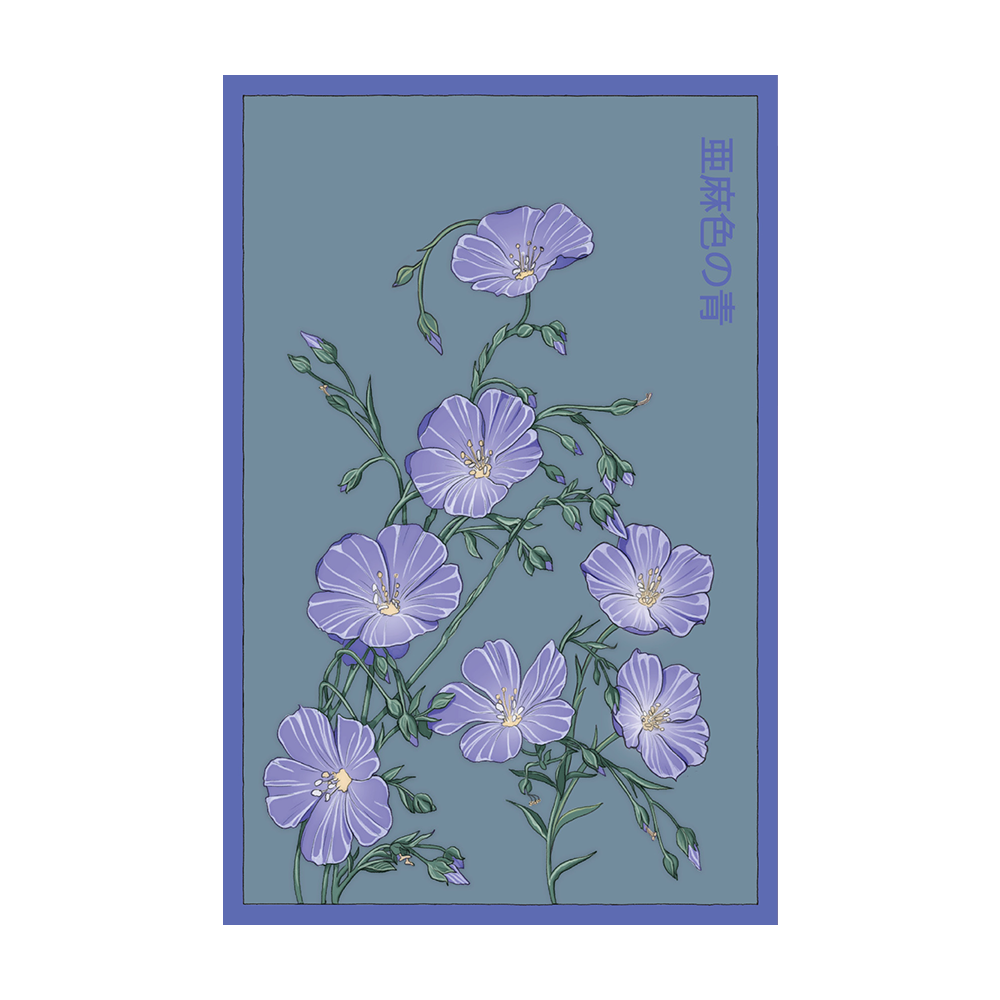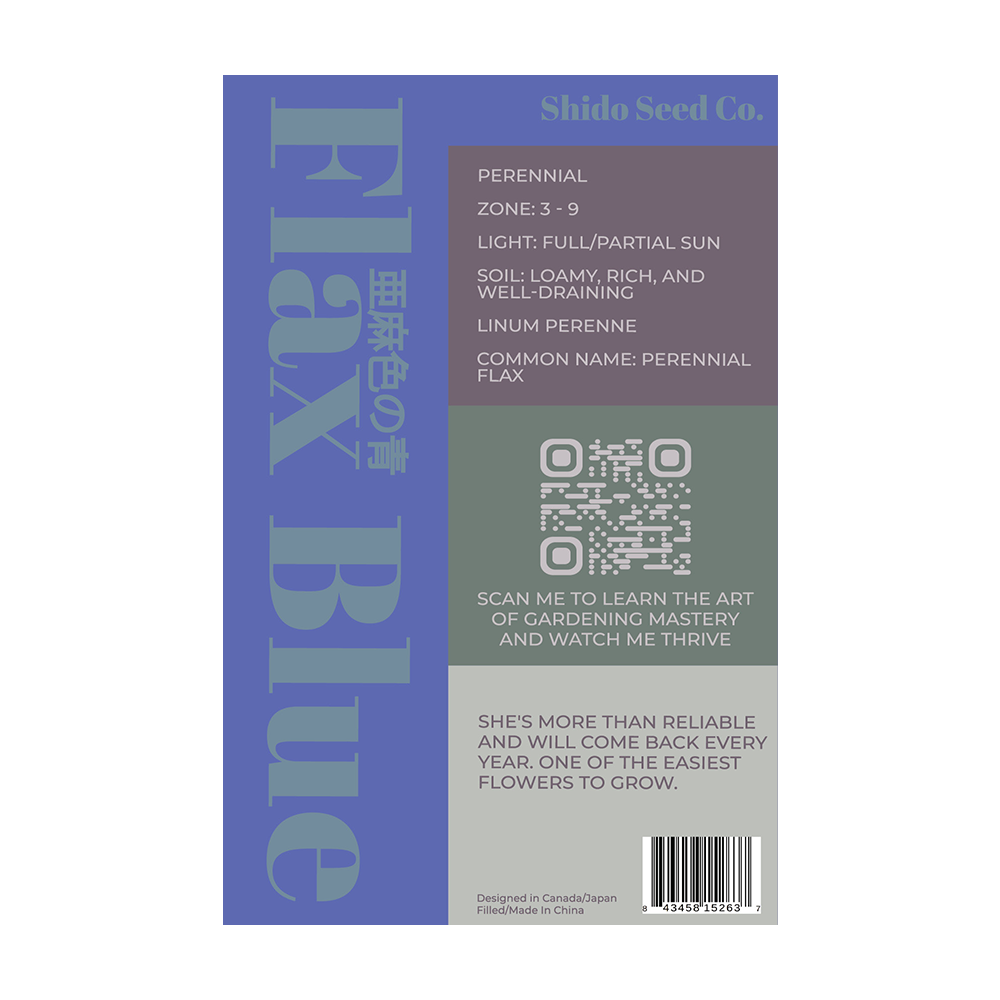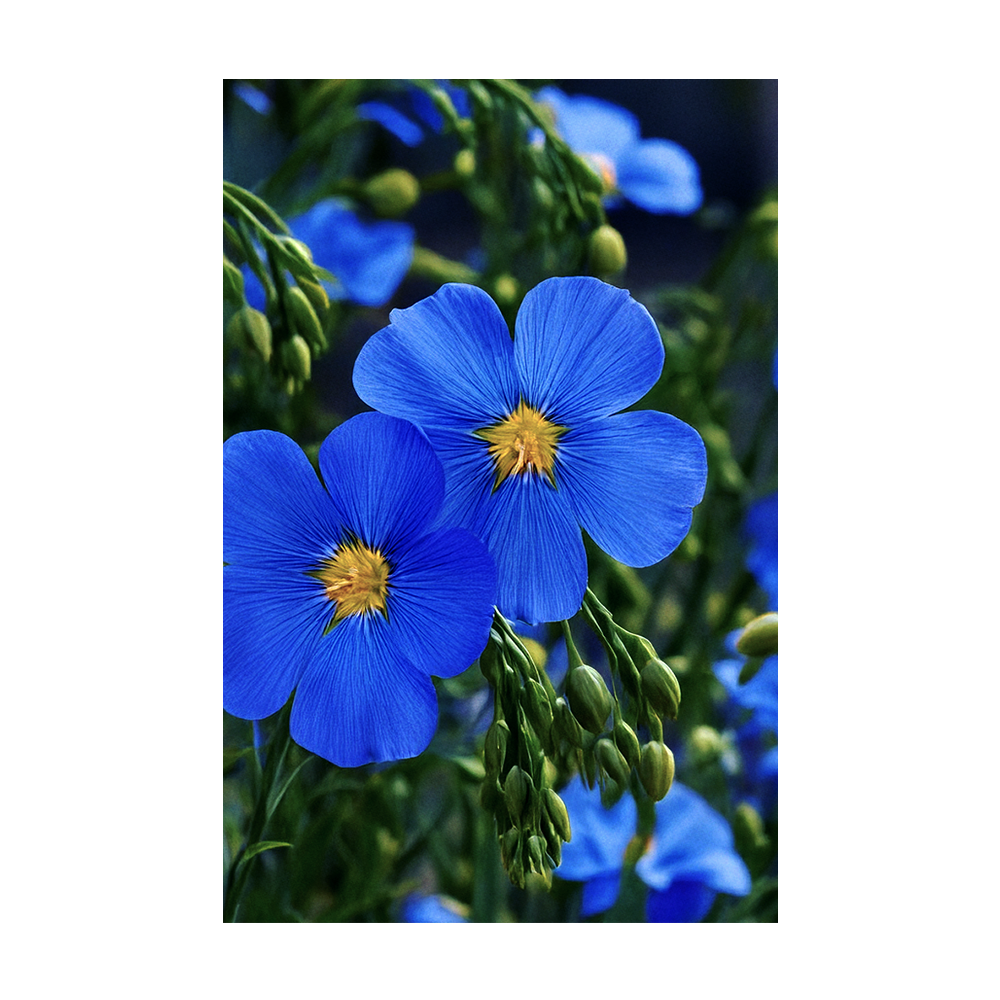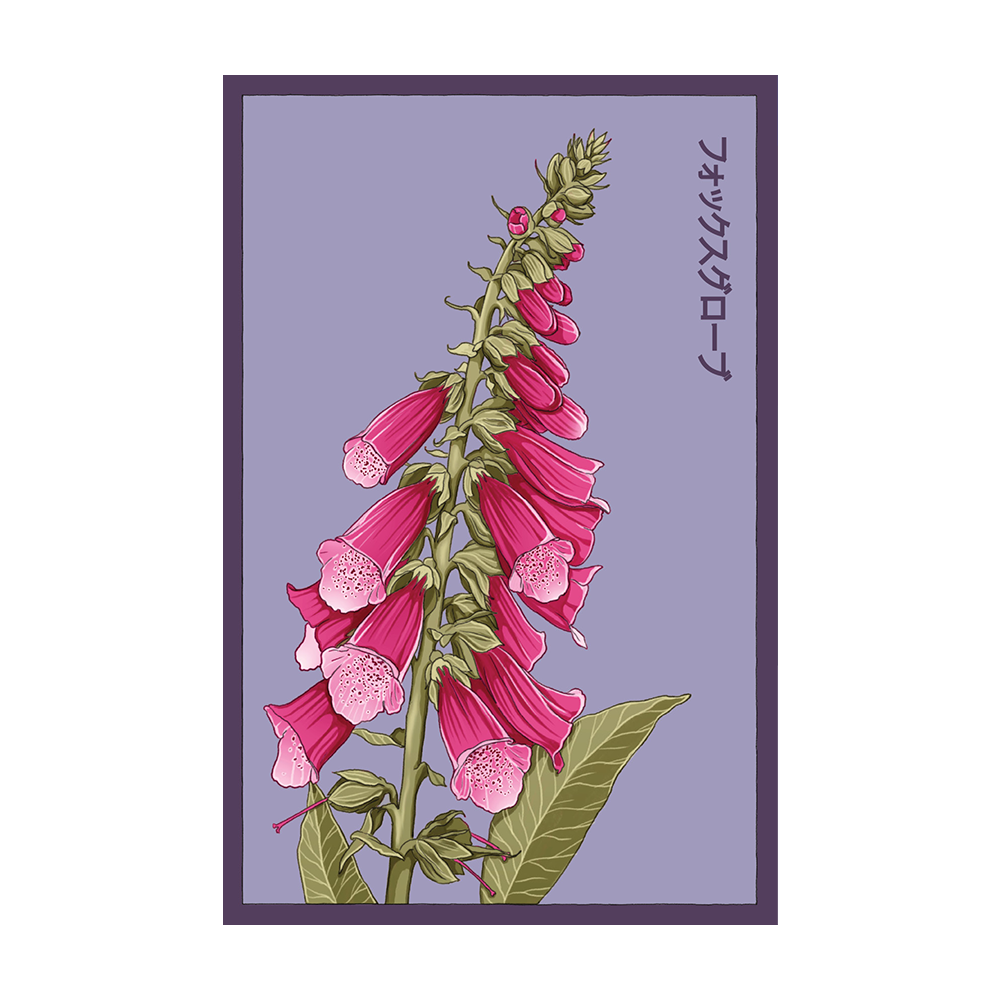Sea Lavender Flower Seeds Packet
$4.95
Unit price
/
Unavailable
Sea Lavender (Limonium spp.), also known as Statice, is a hardy perennial prized for its delicate, papery flowers that retain their color long after drying. Native to coastal regions around the world, Sea Lavender thrives in salty, sandy soils, making it an ideal choice for seaside gardens and drought-tolerant landscapes. With its clusters of small, colorful blooms this plant adds texture and beauty to gardens and floral arrangements alike. Sea Lavender is a low-maintenance, drought-tolerant perennial that brings beauty and texture to gardens year-round. With its papery, long-lasting blooms, it is perfect for cut flowers, pollinator gardens, and coastal landscapes.
We stand by the quality of our flower seed packets! With high germination rates and vibrant blooms, your garden is sure to flourish. If you're not completely satisfied, we’ll replace or refund—guaranteed!
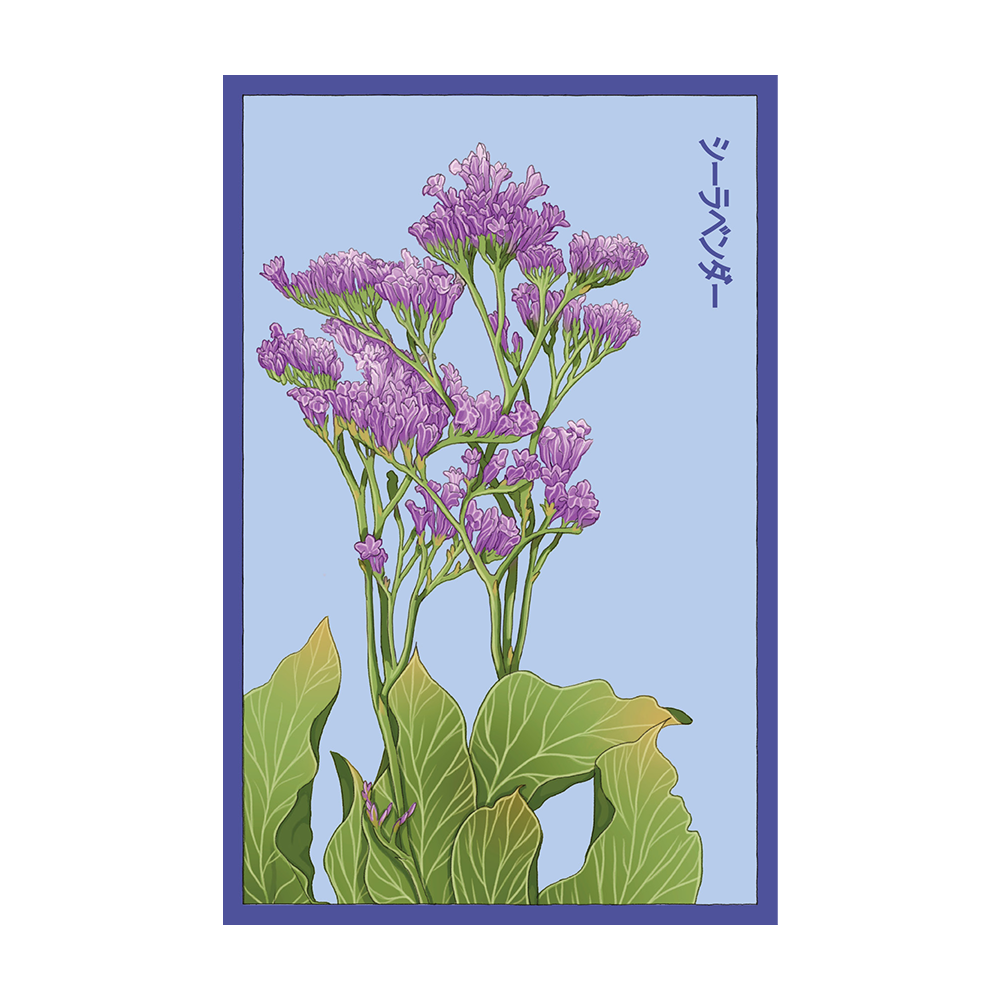
Sea Lavender Flower Seeds Packet
Why Shido Seeds Are the Best
Our flower and vegetable seeds are beautifully packaged little packets of magic. Guaranteed to turn your garden into the envy of the neighborhood. Get your hands dirty and let nature simply do its thing.
How to Plant Sea Lavender from Seed
When to Plant Seeds
Preparing the Planting Site
Starting Seeds
Transplanting Seedlings
Pro Tip


